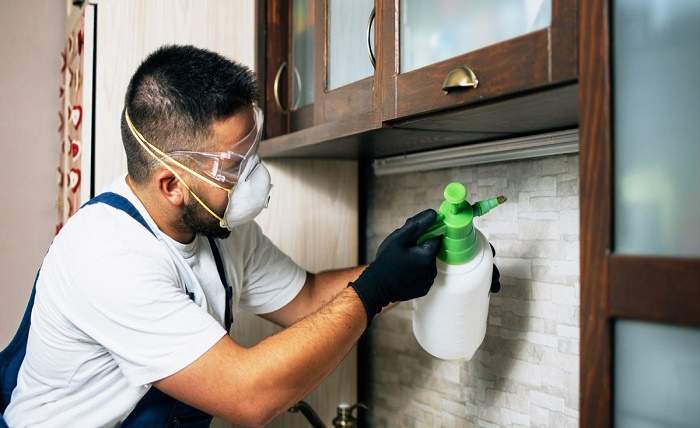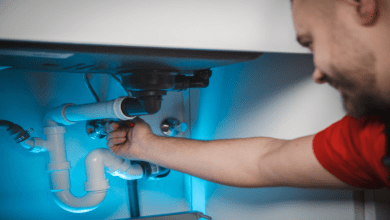
As you seek effective ways to manage pests, exploring green pest control solutions can provide a sustainable alternative to traditional methods. These solutions target unwanted pests and prioritize your health and the environment. Natural ingredients and eco-friendly practices can help safeguard your home while minimizing harm to beneficial organisms.
Implementing green pest control techniques means utilizing approaches such as integrated pest management, natural repellents, and habitat modification. These strategies address the root causes of pest issues without relying on harsh chemicals. Adopting these methods can lead to long-term pest management and a healthier living space for you and your family.
With growing awareness about environmental impact, many homeowners are turning to green pest control solutions as a viable option. This shift promotes a safer community and encourages the use of practices that preserve the balance of local ecosystems. Your commitment to these solutions reflects a dedication to maintaining a healthy home and planet.
Understanding Green Pest Control Solutions
Green pest control solutions prioritize eco-conscious pest control techniques to manage pests while minimizing environmental harm. These methods balance pest control needs with environmental care to maintain healthy ecosystems.
Principles of Eco-Friendly Pest Management
Eco-friendly pest management relies on several core principles. Prevention is the first step, using practices such as habitat modification to naturally deter pests. This may involve removing standing water, sealing entry points, and maintaining cleanliness.
Next, monitoring ensures that pest populations are tracked. This way, you can act promptly before infestations escalate. Regular inspections can help identify potential issues.
Finally, targeted treatments that use natural or less harmful substances are employed. For example, neem oil and diatomaceous earth can effectively control pests without posing significant risks to beneficial organisms.
Benefits of Green Pest Management
Choosing green pest management offers several advantages. First, it minimizes exposure to harmful chemicals, which is especially important for families, pets, and wildlife.
Secondly, eco-conscious pest control techniques often lead to long-term solutions. By addressing the root cause of infestations rather than just the symptoms, you reduce the likelihood of recurrence.
Additionally, these methods promote a healthier environment. For instance, using organic approaches can improve soil quality and biodiversity. Many of these practices also align with sustainable living principles, appealing to environmentally aware individuals.
Incorporating green pest control solutions benefits your immediate environment and supports broader ecological health.
Strategies for Green Pest Management in Richardson

Effective pest management in Richardson emphasizes sustainability and environmental responsibility. You can adopt various strategies to maintain eco-friendly practices while addressing pest challenges.
Assessing Environmental Impact
Before implementing any pest control solutions, evaluate their potential environmental impacts. Identify the pests affecting your space and determine the most eco-sensitive control methods available. Utilize tools such as environmental impact assessments to weigh the effects of chemical versus organic methods.
Consider the local ecosystem and its balance. For example, some fertilizers may harm beneficial insects. You should also think about water runoff and soil health. Keeping a record of pest activity helps you recognize patterns and tailor your approach effectively.
Implementing Sustainable Methods
Opt for sustainable pest control methods in Richardson that limit ecological damage. Start with preventative measures like sealing entry points, maintaining cleanliness, and managing landscaping to deter pests naturally.
Integrated Pest Management (IPM) is a key strategy to incorporate. IPM combines biological, cultural, and mechanical controls to reduce chemical reliance.
Examples include using beneficial insects like ladybugs to control aphids or employing traps and barriers. Additionally, natural repellents made from essential oils should be considered. These methods maintain safety for pets, children, and local wildlife while managing pest populations.
Environmentally Safe Pest Control Solutions
Choosing environmentally safe pest control solutions is crucial for maintaining a healthy ecosystem. These methods can effectively manage pests while minimizing harm to beneficial organisms.
Biological Pest Control Options
Biological pest control leverages natural predators or parasites to manage pest populations. For example, introducing ladybugs can help control aphid infestations. Other methods include using nematodes to target soil-dwelling pests or microbial pesticides that specifically kill harmful insects.
Utilizing beneficial insects promotes biodiversity while reducing reliance on synthetic chemicals. Additionally, it supports a healthier environment by ensuring that non-target species remain unharmed. This approach can often be integrated into your pest management strategy for improved results. For those dealing with persistent infestations, termite control Pompano Beach Florida services offer targeted solutions to protect homes and businesses from structural damage.
Chemical Alternatives and Natural Repellents
Chemical alternatives and natural repellents provide effective options without the harsh effects of traditional pesticides. Plant-based insecticides, such as neem oil, target pests while supporting environmental health. Essential oils, like peppermint or lavender, can deter various insects and rodents.
Utilizing these alternatives can reduce chemical exposure in your home and garden. Always check for safety guidelines, especially if you have pets or children. You can also use barriers or traps to keep unwanted pests at bay without causing ecological harm. Some households also incorporate palmetto bug traps as a low-impact way to monitor and reduce cockroach activity without relying on harsh chemicals.
For professional help with pest or wildlife issues, consider contacting Critter Stop at (214) 234-2616. They have a fantastic reputation and online customer reviews because they provide high-quality work and great customer service.




